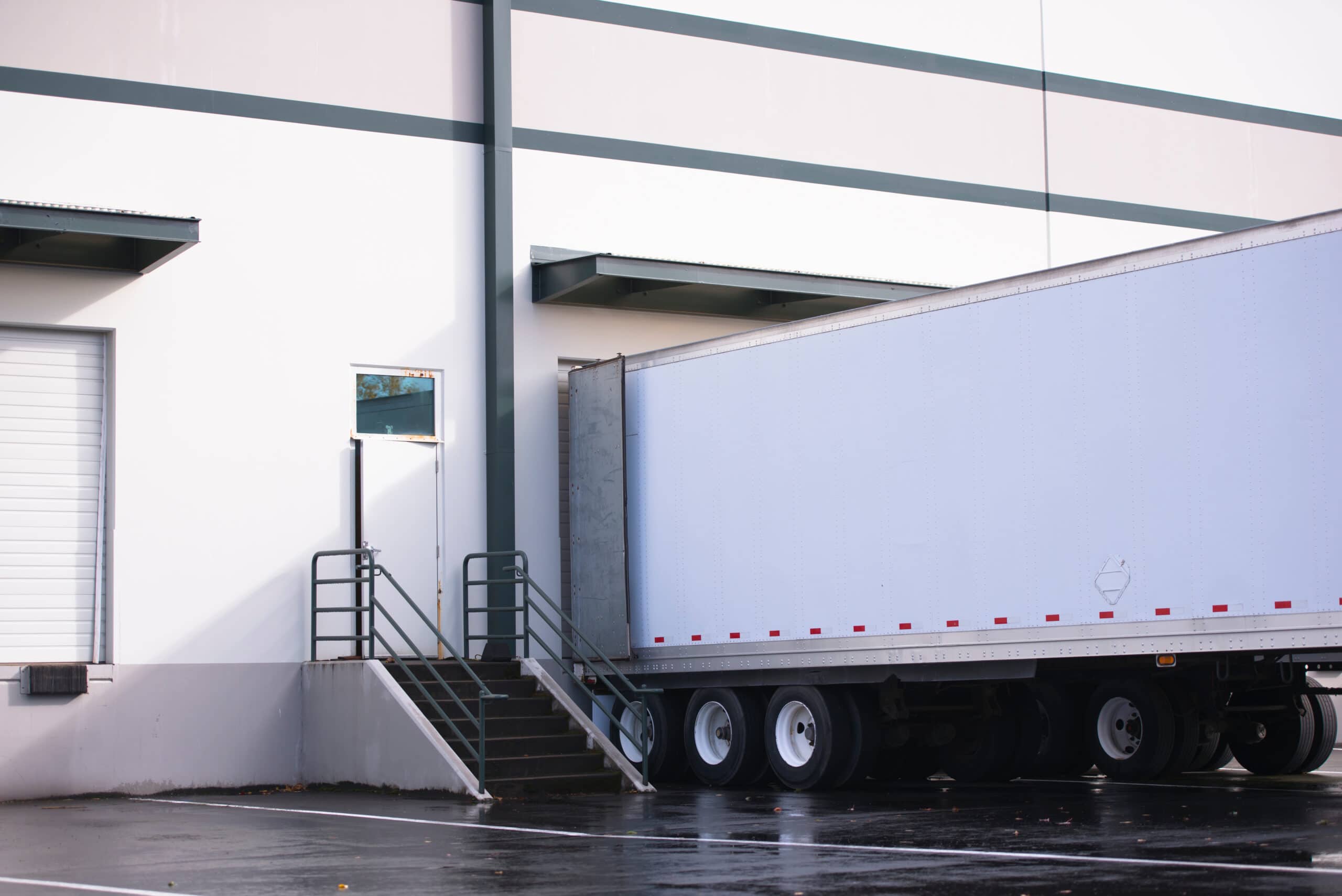Learning what is a live load in trucking is useful in logistics. Whether you’re a new trucker still learning the trade, or you’re new to the field of logistics and you’re still figuring out how to communicate with your truckers. There are a lot of new terms you have to learn. Some of them may be fairly self explanatory, but others can definitely be confusing.
Some of the most confusing, yet most important terms are those used to describe the load of the truck. These terms matter because they determine the trucker’s schedule, and can affect the cost of each shipment as well as many other logitistical matters.
So, you may find yourself asking: what is a live load in trucking?
What Is A Live Load in Trucking?
First things first- a live laod does not refer to whether or not the cargo in the truck is alive. So, no, a live load is not a truckload of animals. Instead, live load refers to the how the trucker is picking up the cargo.
Simply put, a live load means that the trucker pulls up the loading or unloading facility. Backs their truck up to it, and waits while other workers either load or unload their truck.
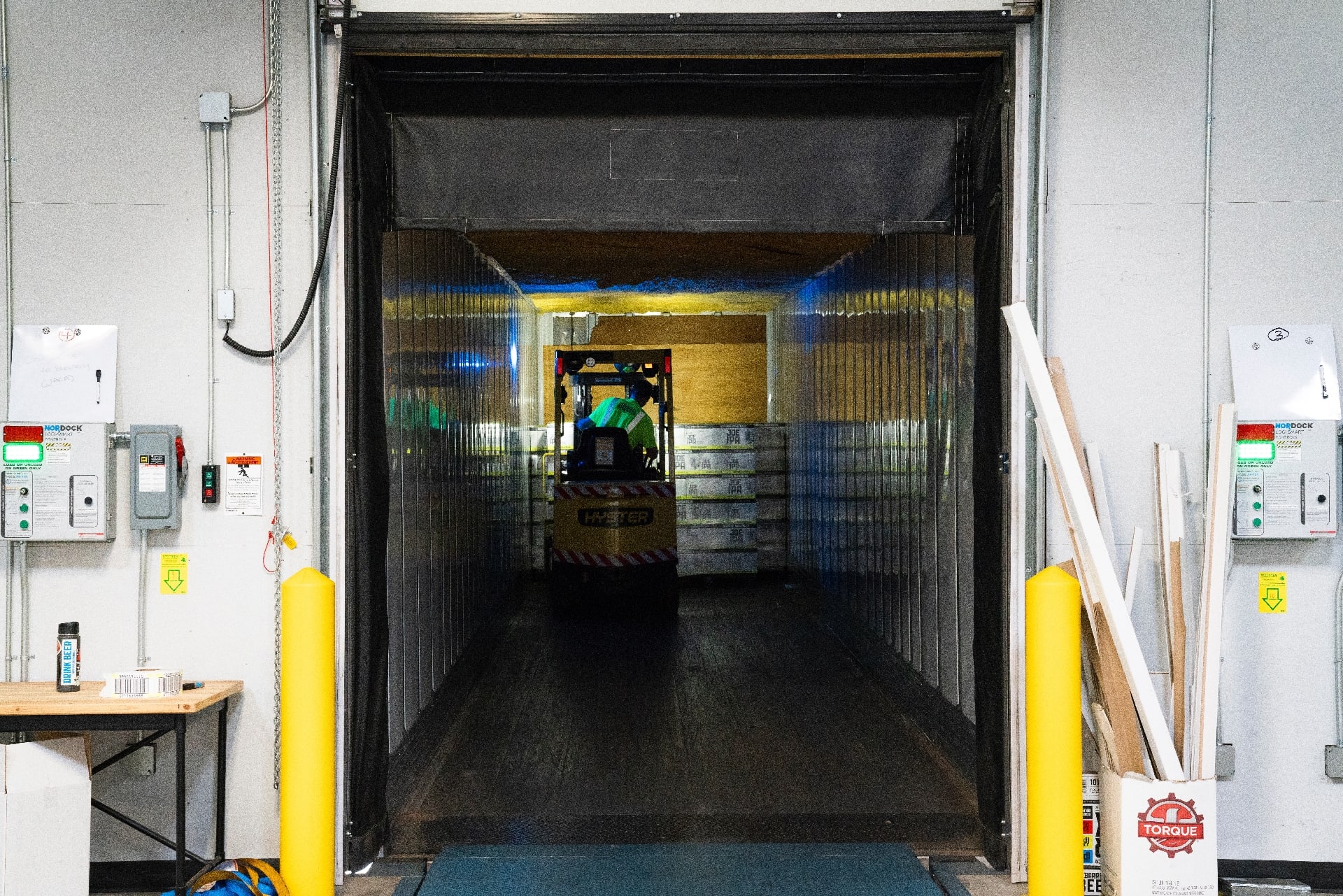
How Is A Live Load Different From Other Loading Methods?
With a live load pickup or delivery, the trucker waits while the trailer is loaded or unloaded. They arrive at the facility and leave with the same trailer attached to their truck. The only other method used in trucking is called drop and hook.
In drop and hook trucking, the truck will arrive at the loading facility with no trailer. The trailer will be at the facility, already loaded, and the driver needs only to hook the trailer to their truck, and then their ready to go. When they arrive at the destination, they’ll unhook the trailer, and leave.
Is Live Load Trucking Better Than Drop And Hook Trucking?
That depends on who you ask! The truck driver is getting paid the whole time the trailer is being loaded or unloaded, but it’s basically idle time. They can relax, get something to eat, or grab some coffee before the next leg of their drive.
Of course, while they’re getting paid hourly for that. They might be making less money since they’ll be completing fewer deliveries overall. So the preference for the live load over drop and hook is probably going to vary from one trucker to another.
It will also vary from one trucking company to another. Live load trucking is definitely less efficient in terms of the time the truck spends at each facility, and how much idle time the driver is being paid for. But that doesn’t mean it’s worse than drop and hook.
To do drop and hook trucking, you need a massive facility. You have to have space for multiple trailers to be sitting out, full of goods or waiting to be filled. Not every facility can manage that, and drop and hook does you no good if you don’t have enough space for it.
Live load trucking is also better when you’re shipping perishable goods. You really don’t want to leave a trailer full of chicken sitting out in the sun for a few hours waiting to be unloaded.
This is one reason why most grocery stores tend to use live loads in their trucking- it’s too risky for them to use drop and hook loads.
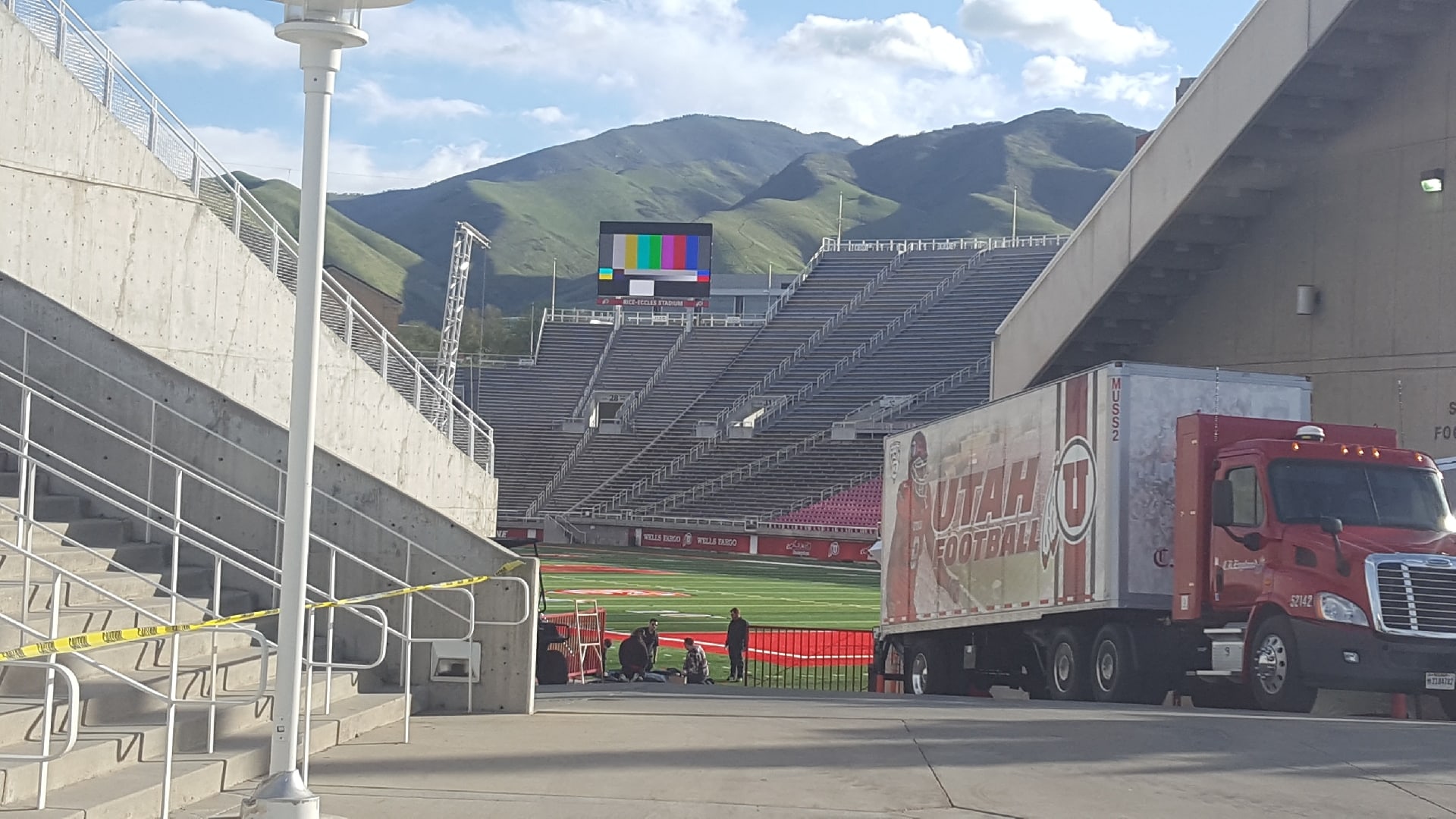
When Is A Live Load The Best Method For Loading?
There’s no question that the most cost and time effective method for loading and unloading trucks is drop and hook. Drivers can get in and out of the loading facilities quickly, which maximizes the number of deliveries and pickups they can make and minimizes the amount of time spent idling.
But drop and hook isn’t always possible, and there are lots of reasons why you might choose to use a live load in trucking. Here are some of the most common.
Lack of Space
Perhaps the single biggest reason to use a live load in trucking is that you simply don’t have enough room for drop and hook trucking. Drop and hook loads require a lot of space. You need ample parking room to hold both empty trailers waiting to be filled, filled trailers waiting to be emptied, and filled trailers waiting to be picked up.
Without enough space, you’ll end up with a bunch of fully loaded trailers sitting at the loading bay, waiting to be picked up. Meanwhile, you’ll be unable to load any more trailers until those trailers are picked up and moved. It can ruin the efficiency of your operation.
If space is tight, you’re better off using live load trucking to keep everything flowing smoothly. This is a case in which using a live load in trucking is actually more efficient.
No Full Container
Even if you have enough space, you may not always have a full container to be picked up. Drivers usually arrive with an empty trailer that they drop off, and then pick up a full container for the return trip. It’s a quick, efficient process.
But it doesn’t always work. It’s not uncommon for a driver to arrive with an empty container when you have no full trailer for them to pick up. In this case it’s best to schedule a live load so that the driver isn’t making the return trip empty. It does mean that they’ll spend a couple of hours waiting for their trailer to be filled, but that’s better than driving all the way back with no trailer.
Shortage of Prime Movers
A very common issue that leads to lots of live loads in trucking is a shortage of prime movers. If you know that there’s a shortage, and you continue to use drop and hook loads. You could be stuck with lots of full containers waiting for pickup, and a lot of delayed deliveries.
When there’s a prime mover shortage, live loads can help you to keep on schedule because each loaded container will ship out immediately, instead of waiting around until the next mover becomes available. You have no idea how long that’s actually going to take. So you’re much better off taking the extra couple of hours to live load each truck than trying to save time with drop and hook loads.
No Shunting Truck
For drop and hook to work, you have to have a shunting truck available. To move loaded containers off the loading bay and out into the parking area. Likewise, you’ve got to move unloaded containers from the drop-off area. Into the loading bay and full containers have to be moved from the parking area to the loading bay to be unloaded.
However your operation is set up, a shunting truck is necessary for drop and hook to be efficient. Most logistics operations have a dedicated shunting truck, and often more than one. If you don’t have a shunting truck available, drop and hook is not an option. Live load trucking becomse the only viable method of shipping when that happens.
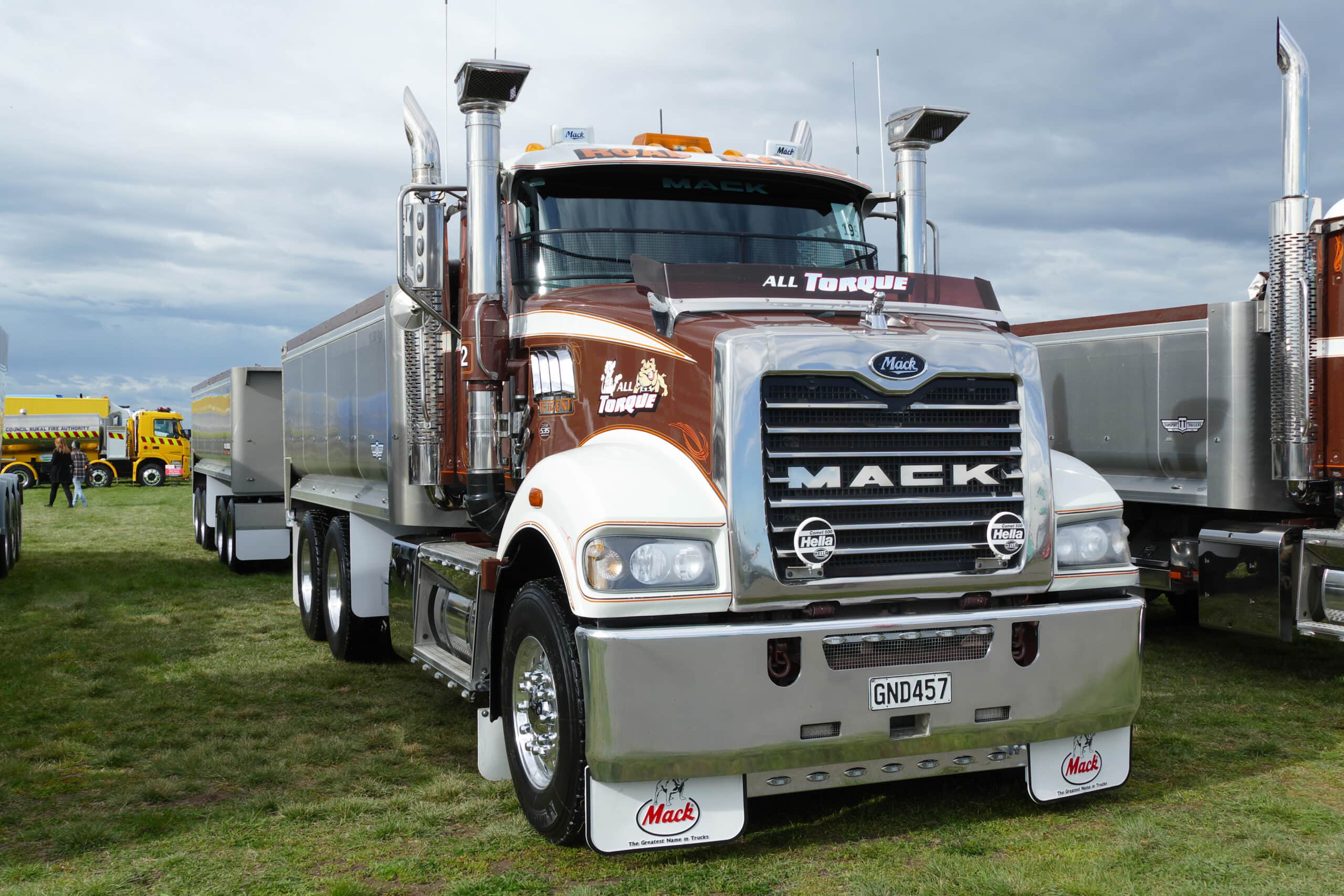
Pros and Cons of Live Loads
If you’re still trying to decide whether or not to use live load trucking, here’s a quick breakdown to help you decide. We’ll start with the cons, then move to the pros.
Cons of Live Load Trucking
- The waiting time for haulers is one of the biggest drawbacks for live loads. If the load is small or your warehouse crew is unusually efficient you might be able to get a container loaded in as little as 30-45 minutes, but that’s pretty rare. More likely it’ll take about 2-3 hours to load and unload each container. While they’re doing that, the driver is just sitting there, waiting. On the clock. That’s a prime mover that’s not moving anything. It cuts down on the number of deliveries they can make and it lengthens shipping times.
- Waiting or detention fees. Remember, the driver is on the clock, but not actually getting any driving done. Trucking companies often charge additional fees if their drivers have to wait too long for the container to be loaded. Since they’re missing out on additional deliveries. If you’re not using a third-party company for live load trucking. Then your own company might impose a fee on you, for the same reason. After all, they might end up paying the driver overtime. Even though they’re getting fewer deliveries, that cost has to be made up somewhere.
- Backlogs and queues. It’s shocking how quickly a line of trucks waiting to load or unload can start to back up when you’re doing live loads. Especially if you’ve been forced into live loads when you’d normally be doing drop and hook loads.
It happens, and it’s often unavoidable, but it’s not fun. Delays can really add up, and each time one load is delayed the effect is compounded on the next load.
Pros of Live Load Trucking
- It can be a real time saver. While backlogs are possible, we’ve already mentioned several scenarios in which a live load can actually save you a lot of time and avoid a backlog. That might otherwise throw off your whole schedule. Live loads may technically take longer than drop and hook, but only if you’re already set up for drop and hook shipping and nothing goes wrong. If you’re out of full containers or missing a shunting truck, live loads will save you a lot of time.
- You don’t need parking for containers. One of the biggest benefits of live load trucking is that you don’t need a ton of parking for containers waiting to be filled or picked up. This makes live load trucking a much more viable option for smaller operations, and for warehouses in urbanized areas. You’ll notice a lot of retail and grocery stores use live loads because they just don’t have the space to park multiple containers behind their stores. For these stores, live load trucking comes with major advantages.
- You don’t need a shunting truck. Drop and hook shipping just doesn’t work without a shunting truck. That’s an entire truck you have to buy, maintain and operate just for moving containers around the parking lot and loading bay. And, if it breaks down, you’re stuck doing live loads anyway. Since live loads don’t require a shunting truck at all, many people prefer them. It’s one less thing you have to spend time and money on.
How Do I Schedule Live Load Pickups?
Properly scheduling a live load in trucking is important. When a trucker has to sit and wait for their container to be loaded. That’s time they aren’t using to get the load to it’s destination. When they spend more time than planned sitting and waiting. They can charge a waiting fee or a prime mover detention fee.
Those fees can really add up. If one driver is delayed, it’s likely that every driver waiting behind them is being delayed, as well. While the efficiency of your loading ew will make a big difference here, properly scheduling each dropoff and pickup will also make a big difference.
The best thing you can do is keep careful track of each pickup or delivery and allow ample time for each one. 60 minutes for each load is the minimum, and it’s a good idea to allow two hours for each live load. Be safe and give your loading crew enough time between each load to get ready for the next one.
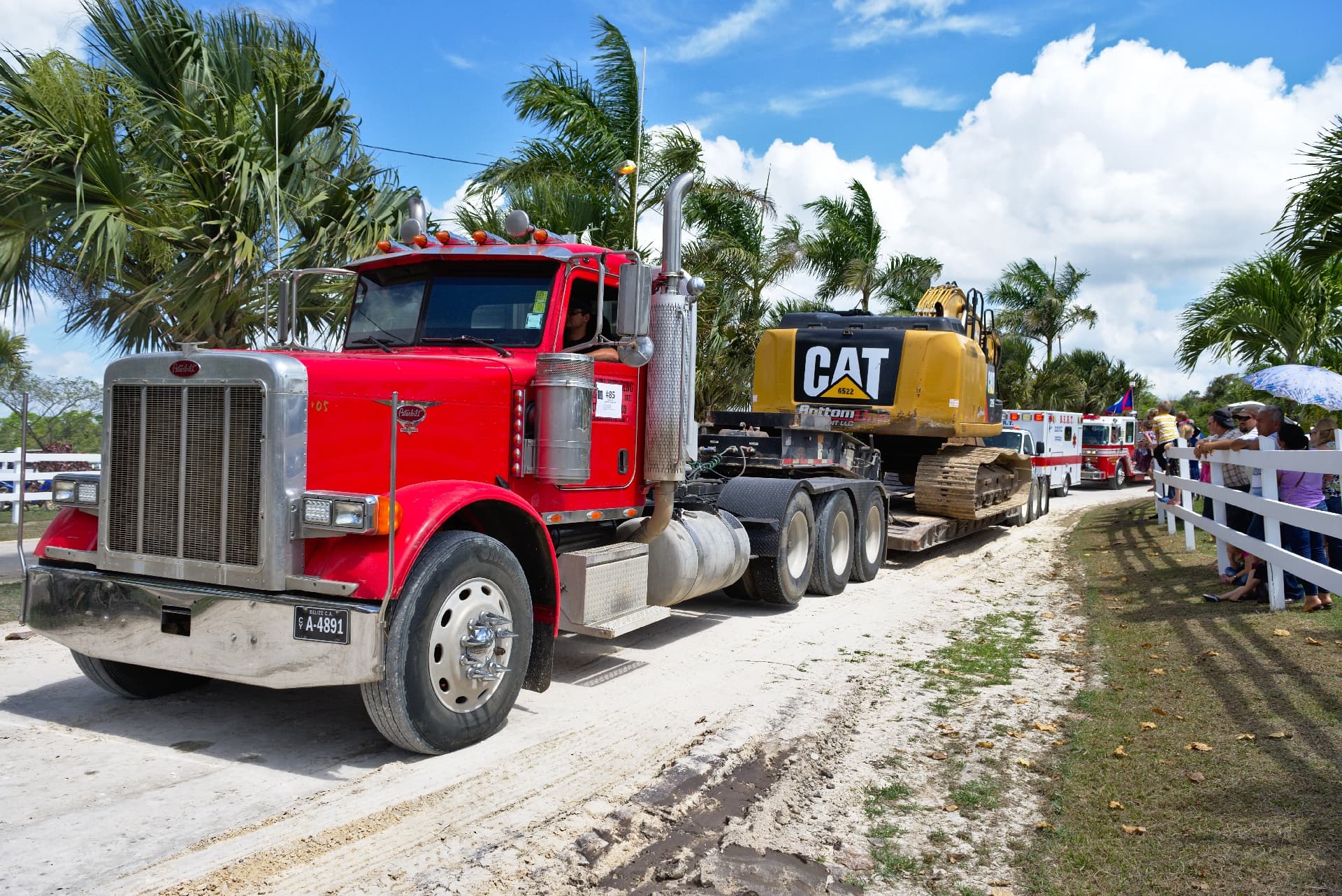
Should I Use A Live Load In Trucking?
Really big logistics operations tend to favor drop and hook, since it can be more efficient. But drop and hook really works better only for big operations that have plenty of space to park containers and can afford the operate the shunting trucks and massive warehouse crews required for that loading method.
Live loads are a better choice for lots of smaller operations that can’t park a bunch of containers outside their warehouse, and if you’re in an urban area live loads may be the only viable option. It all comes down to space and time. A lot of logistics companies find that live loads meet their needs much better than anything else.
Conclusion
A live load in trucking refers to a method of loading the container. Instead of the driver dropping off an empty container and picking up a full one. The driver waits while their container is loaded or unloaded. It’s one of the most common methods of loading and unloading trailers, since many warehouses have limited space that makes a live load the most efficient means of getting their product shipped out.
About Booker Transportation
Booker Trans is 100% Owner Operator. It is our belief that an Independent Owner is the best way to get a customers freight delivered timely and safely. Booker is a leading Refrigerated Carrier providing the best lease options in the industry for today’s Owner Operators. Monthly and Yearly Awards, Longevity Bonuses, and the Free tires for Life of Lease Program, are just a few examples of what Booker Trans offers the Owner Operator. Booker Trans has built it’s success upon working partnerships with Customers, as well as Agency Relationships built over the last 20 years. Those same relationships are what makes consistent year round freight possible.
Are you interested in becoming an owner operator driver or getting into the logistics industry?
Let’s connect!
Navigating the Highways of Change
04/18/2024

Owner Operators should be prepared for Cellular Service outages!
03/06/2024

